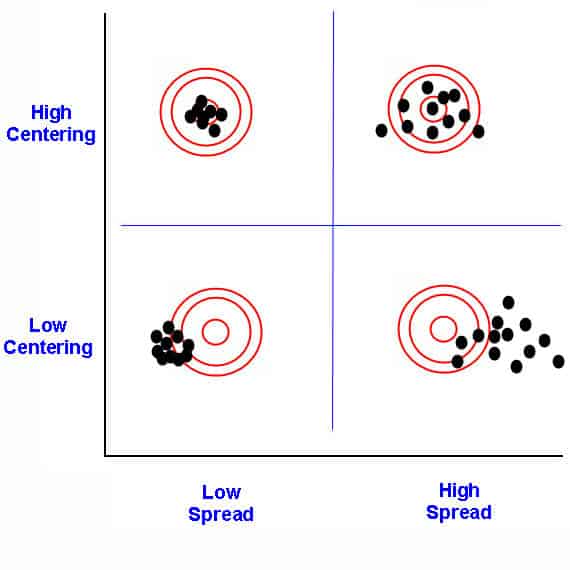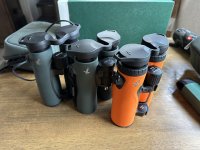Over the last couple of years I've purchased several budget optics online, most between $100-$300. Name brands, positive reviews, but several binoculars were defective out of the box. I exchanged or returned problem units from 5 different brands. In addition to the inconvenience, I had to pay return shipping a few times, effectively increasing the price.
I now have a small optics collection that works well for a range of events and birding/nature outings. But putting it together was often frustrating. I've never bought any other type of gear with such poor quality control.
There's obviously a cost for brands when they exchange, repair or refurbish defective optics, so why isn't there more of an investment in quality control? I'm curious about other people's experiences and opinions. Including folks working in the optics field. Not looking to trash any companies, just hoping for some constructive discussion. Thanks.
I now have a small optics collection that works well for a range of events and birding/nature outings. But putting it together was often frustrating. I've never bought any other type of gear with such poor quality control.
There's obviously a cost for brands when they exchange, repair or refurbish defective optics, so why isn't there more of an investment in quality control? I'm curious about other people's experiences and opinions. Including folks working in the optics field. Not looking to trash any companies, just hoping for some constructive discussion. Thanks.













